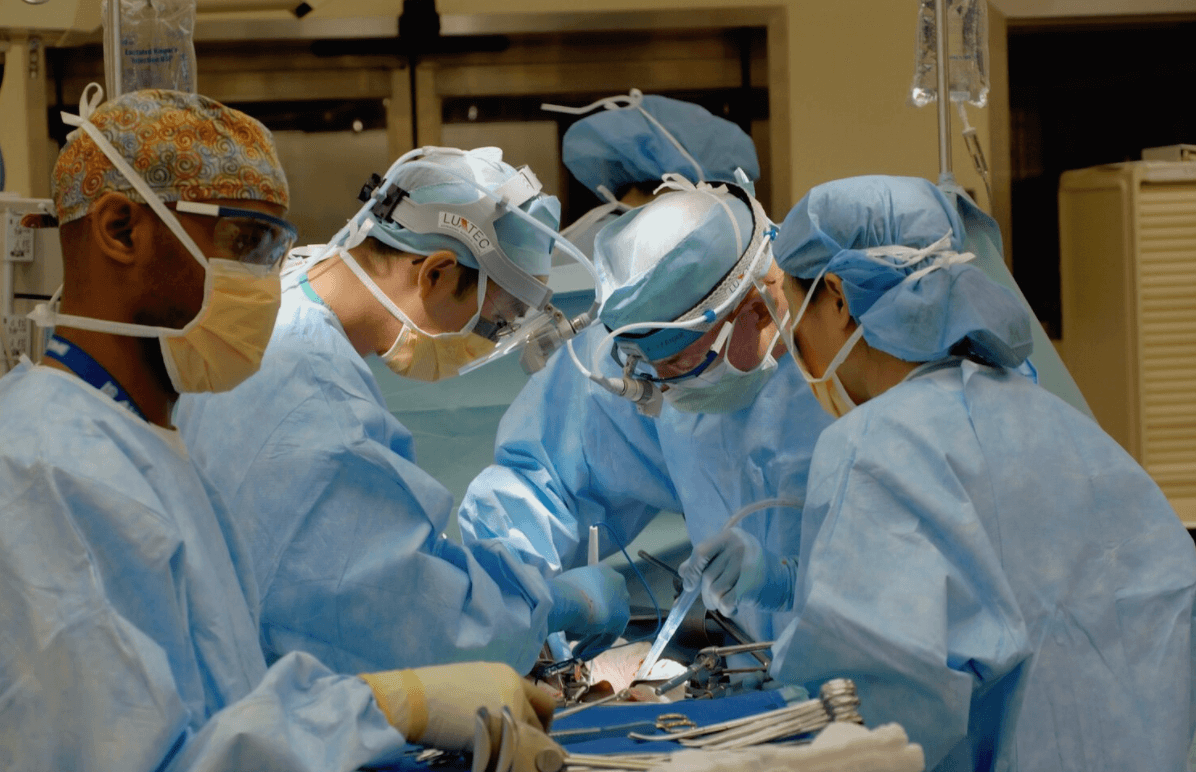Gynecomastia | Male Breast Removal
Breast augmentation, also known as augmentation mammoplasty, is a surgical procedure that aims to enhance the size and shape of a woman’s breasts. It is one of the most commonly performed cosmetic surgery procedures worldwide. The primary goal of breast augmentation is to increase breast volume and improve the overall appearance of the breasts.

Benefits of male breast reduction surgery
Gynecomastia surgery, also known as male breast reduction surgery, can provide several benefits for individuals with persistent or severe gynecomastia.
Overall, gynecomastia surgery can have a transformative effect on an individual’s physical appearance, emotional well-being, and overall quality of life, providing lasting benefits that extend beyond the cosmetic improvements.
Here are some of the key benefits:
Improved Chest Contour:
Gynecomastia surgery helps to restore a more masculine chest contour by removing excess breast tissue and fat. The procedure can effectively reduce the size and prominence of the breasts, creating a flatter and more aesthetically pleasing chest appearance.
Enhanced Physical Comfort:
Large or disproportionate breasts can cause physical discomfort and limitations in activities and clothing choices. Gynecomastia surgery can relieve these discomforts, such as neck and back pain or skin irritation, by reducing the excess weight and size of the breasts. It can improve mobility, ease of movement, and comfort during physical activities.
Boost in Self-Confidence:
Gynecomastia can significantly impact an individual’s self-esteem and body image. Surgery can provide a significant boost in self-confidence by alleviating feelings of self-consciousness and allowing individuals to feel more comfortable and confident in their bodies. It can improve social interactions, intimacy, and overall quality of life.
Removal of Emotional Distress:
Gynecomastia can lead to emotional distress, embarrassment, and negative body image. Gynecomastia surgery can eliminate these emotional burdens by addressing the physical appearance of the chest. Individuals often experience a sense of relief, improved self-esteem, and reduced anxiety or depression following the procedure.
Permanent Results:
Gynecomastia surgery provides long-lasting results. Once the excess breast tissue and fat are removed, the changes are typically permanent, barring significant weight gain or certain hormonal imbalances. This means that individuals can enjoy the benefits of the surgery for years to come.
Increased Clothing Options:
Having a flatter and more masculine chest contour allows individuals to wear a broader range of clothing styles with greater confidence. Fitted shirts, swimwear, and other clothing that may have previously accentuated the appearance of gynecomastia can now be worn comfortably, expanding wardrobe choices and enhancing personal style
Anaesthetic
General anaesthetic
Surgery Time
3 Hours
Drains
Yes
Garments
Bra
Hospital stay
1 night
Follow-up
1 week and 2 weeks after discharge
Return to desk-based work
1-2 weeks
Return to driving
4 weeks
Return to sport
4-6 weeks
What causes Gynecomastia?
It’s important to note that gynecomastia can vary in severity and may resolve on its own in some cases. However, if gynecomastia persists, causes significant discomfort, or affects an individual’s self-esteem, it is advisable to consult a healthcare professional for proper evaluation and treatment options
Gynecomastia can occur due to a variety of causes, including hormonal imbalances, certain medications, genetics, obesity, and underlying medical conditions. Here are some of the common causes:
Hormonal Imbalance:
Hormonal changes play a significant role in the development of gynecomastia. An imbalance between the hormones estrogen (female hormone) and testosterone (male hormone) can lead to the growth of breast tissue in males. This imbalance can occur during puberty, when hormonal levels fluctuate, and typically resolves on its own. However, hormonal imbalances can also be caused by factors like aging, certain medical conditions, or the use of certain medications.
Medications:
Some medications have been associated with the development of gynecomastia. These include certain medications used to treat prostate conditions (such as finasteride or dutasteride), some anti-androgen medications (such as spironolactone), certain anti-anxiety medications (such as diazepam), tricyclic antidepressants, and certain medications used in the treatment of cancer (such as chemotherapy drugs).
Genetics:
In some cases, gynecomastia can be inherited. If a close family member has had gynecomastia, there may be a higher risk of developing the condition.
Obesity:
Excessive body weight and obesity can contribute to the development of gynecomastia. Fat cells can convert the male hormone testosterone into estrogen, leading to an imbalance and subsequent breast tissue growth.
Underlying Medical Conditions:
Certain medical conditions can contribute to the development of gynecomastia. These may include conditions that affect hormone production or metabolism, such as hypogonadism (low testosterone production), hyperthyroidism (overactive thyroid gland), liver disease (which affects hormone metabolism), and kidney disease (which can disrupt hormone balance).
Substance Abuse:
The use of certain substances, including anabolic steroids, marijuana, and alcohol, has been associated with the development of gynecomastia. These substances can disrupt hormone levels and contribute to breast tissue growth in males.
Get Started Today
Male Breast Removal Treatment London
In cases where gynecomastia persists, causes significant discomfort, or affects an individual’s self-esteem, surgical intervention is an option. There are two primary surgical procedures used for gynecomastia treatment:
Liposuction
Liposuction is commonly performed when gynecomastia is primarily caused by excess fatty tissue. During the procedure, a thin tube called a cannula is used to suction out excess fat from the breast area, resulting in a more contoured chest.
Mastectomy
Mastectomy involves the surgical removal of breast glandular tissue. It is typically recommended when gynecomastia is primarily due to excessive glandular tissue growth. The procedure may involve a combination of liposuction and surgical excision to remove the glandular tissue and restore a flatter and more masculine chest appearance.
Symptoms of gynecomastia
The primary symptom of gynecomastia is the enlargement of breast tissue in males. However, there may be additional signs and symptoms associated with the condition. Here are the common symptoms of gynecomastia:
Enlarged Breast Tissue:
The most noticeable symptom of gynecomastia is the swelling and enlargement of breast tissue in males. The breast tissue may feel rubbery or firm to the touch, and it can occur in one or both breasts. The extent of the enlargement can vary, ranging from a small amount of tissue growth to a more significant increase in breast size.
Breast Tenderness or Sensitivity:
Some individuals with gynecomastia may experience tenderness or sensitivity in the breast area. This sensitivity can vary from mild discomfort to more noticeable pain or sensitivity to touch.
Changes in Breast Shape:
Gynecomastia can cause changes in the shape and contour of the breasts. The breasts may appear rounder or more protruding than usual due to the growth of glandular tissue.
Nipple Changes:
Gynecomastia can also affect the appearance of the nipples. The nipples may become larger, puffy, or swollen. In some cases, the nipple and areola (the darker skin surrounding the nipple) may also become more prominent.
It’s important to note that gynecomastia is typically a benign condition and does not pose any serious health risks. However, the psychological and emotional impact of gynecomastia can vary from person to person. Some individuals may experience feelings of self-consciousness, embarrassment, or reduced self-esteem due to the physical changes associated with gynecomastia.
Book an Appointment
If you’re interested in gynecomastia, please get in touch. The first step is to make contact to book a consultation where we can discuss the different options and for you to ask questions about the surgery.



